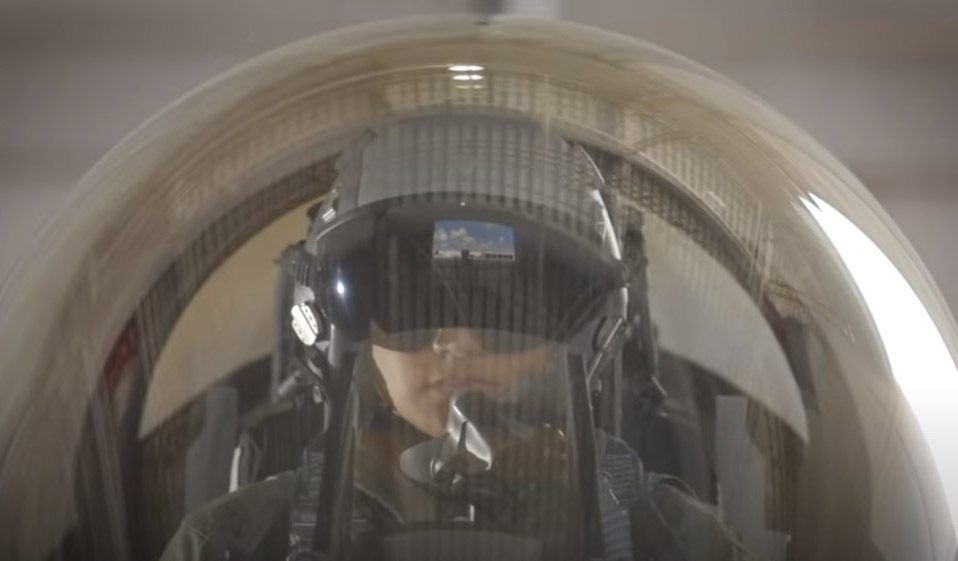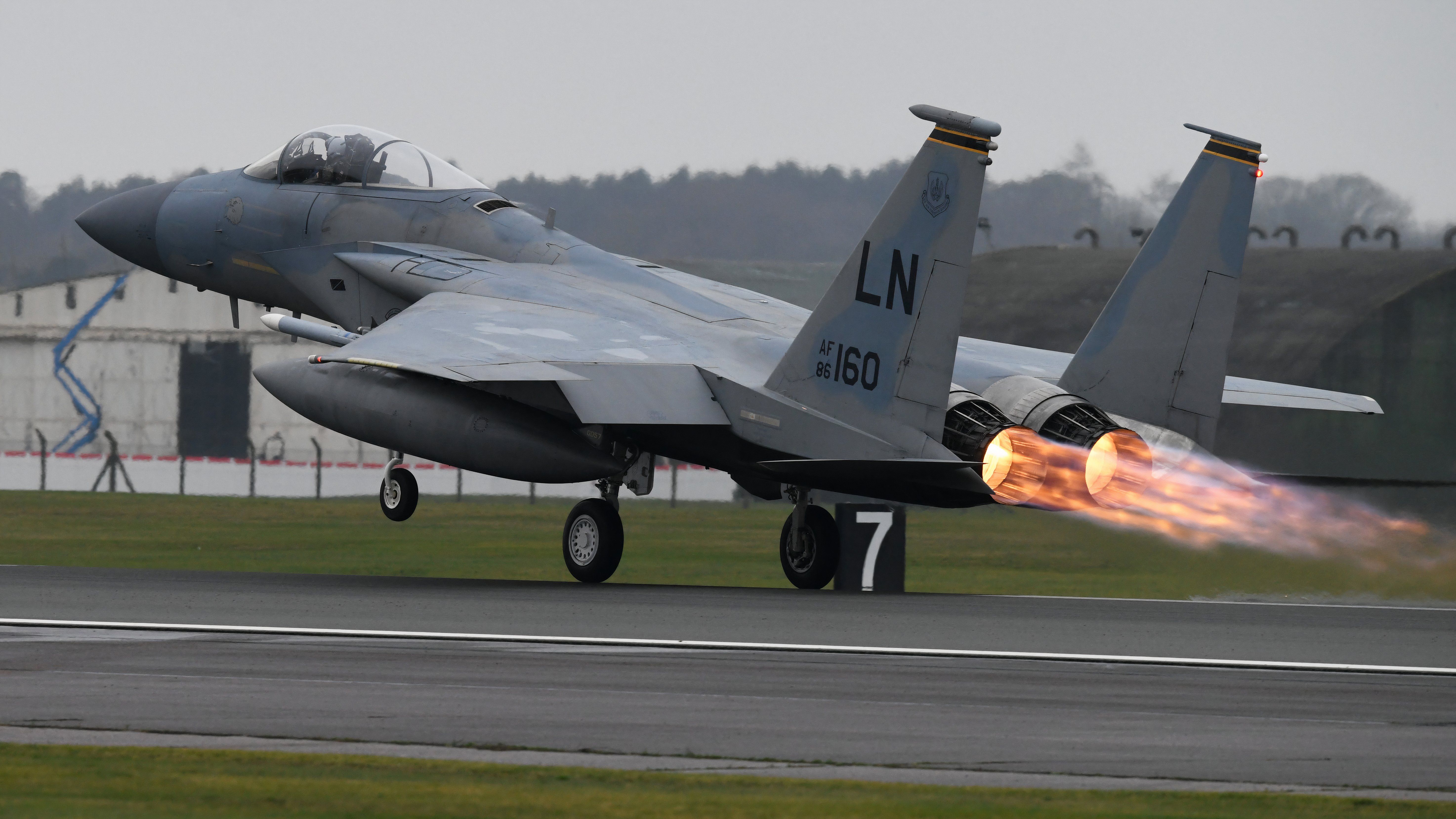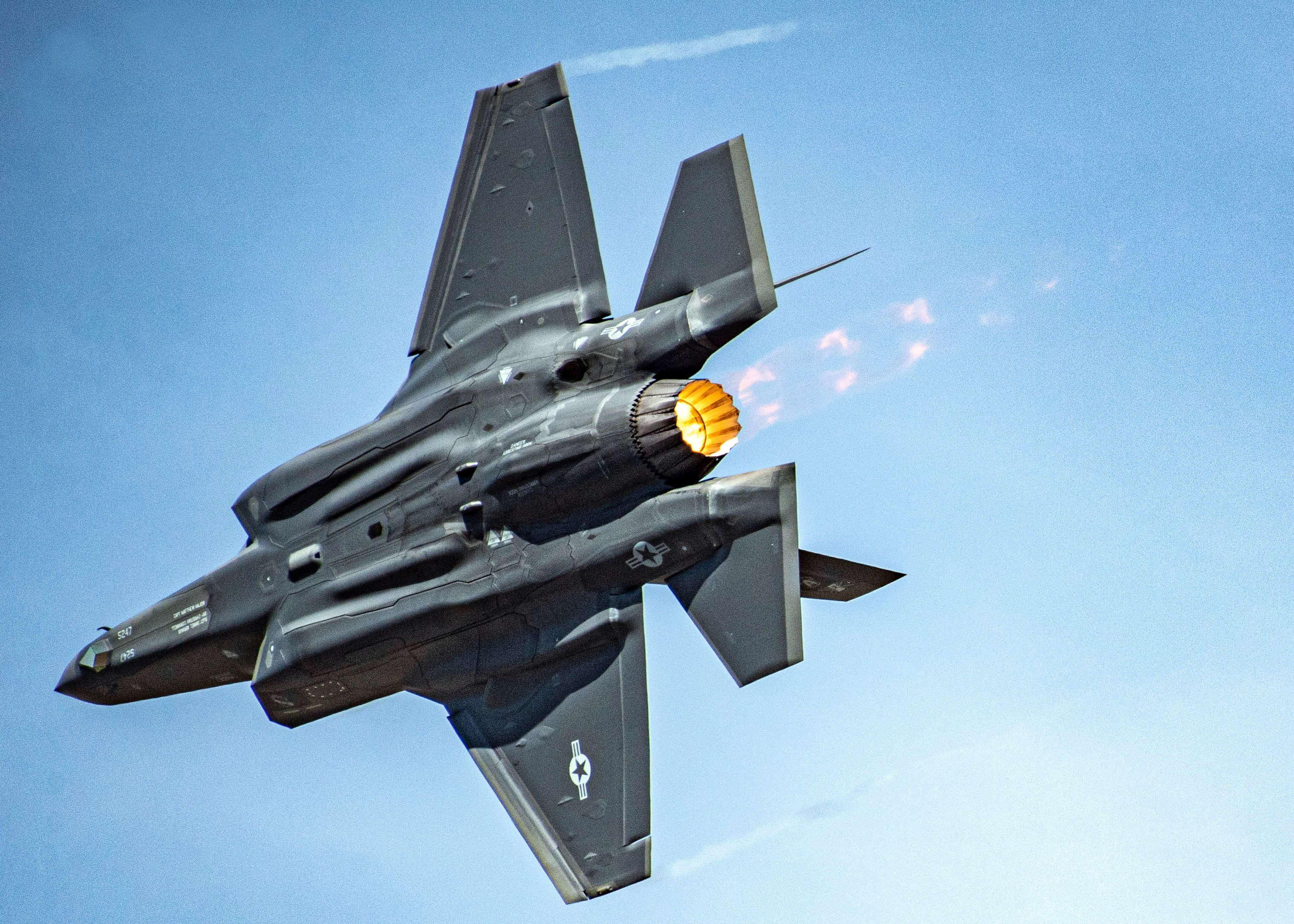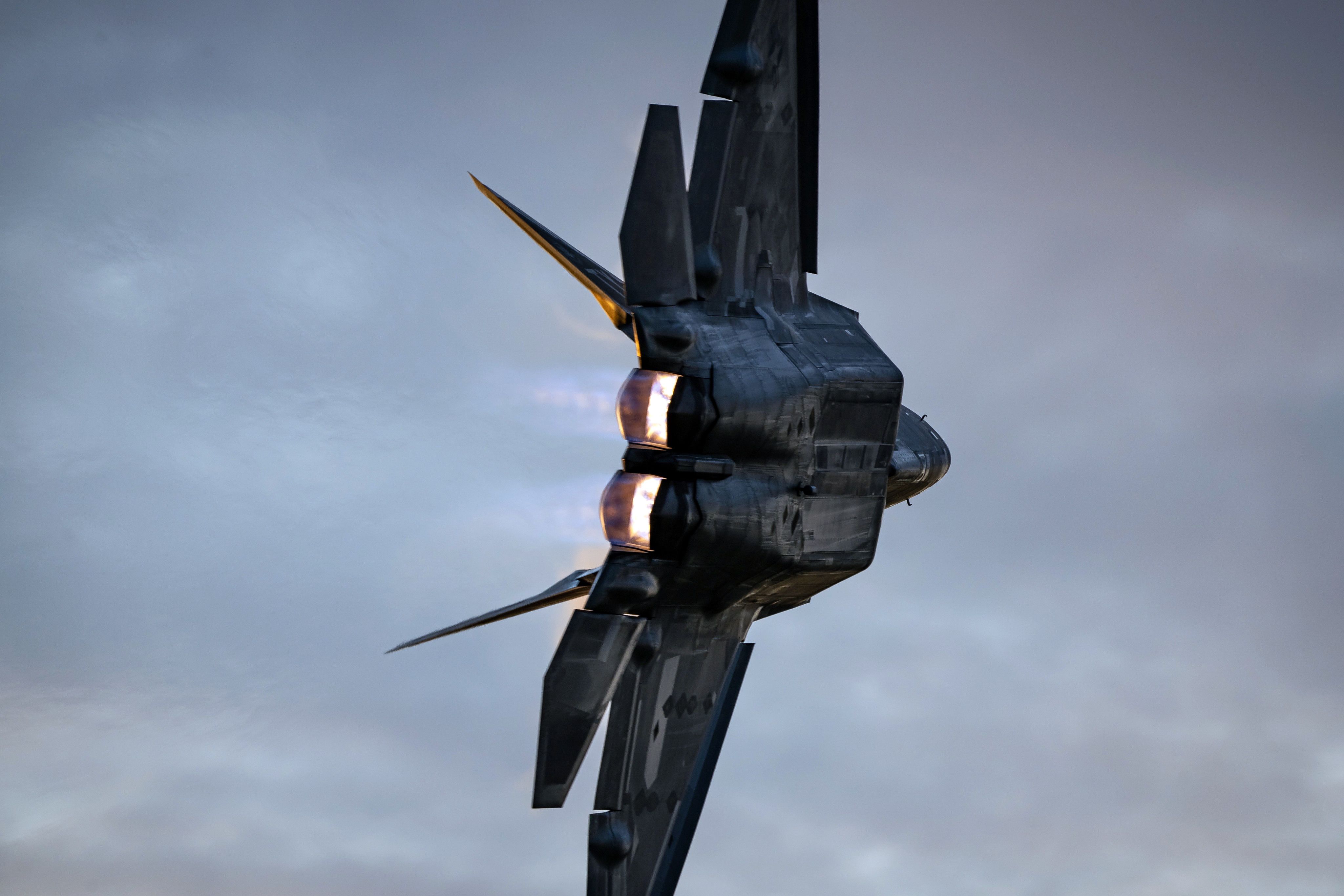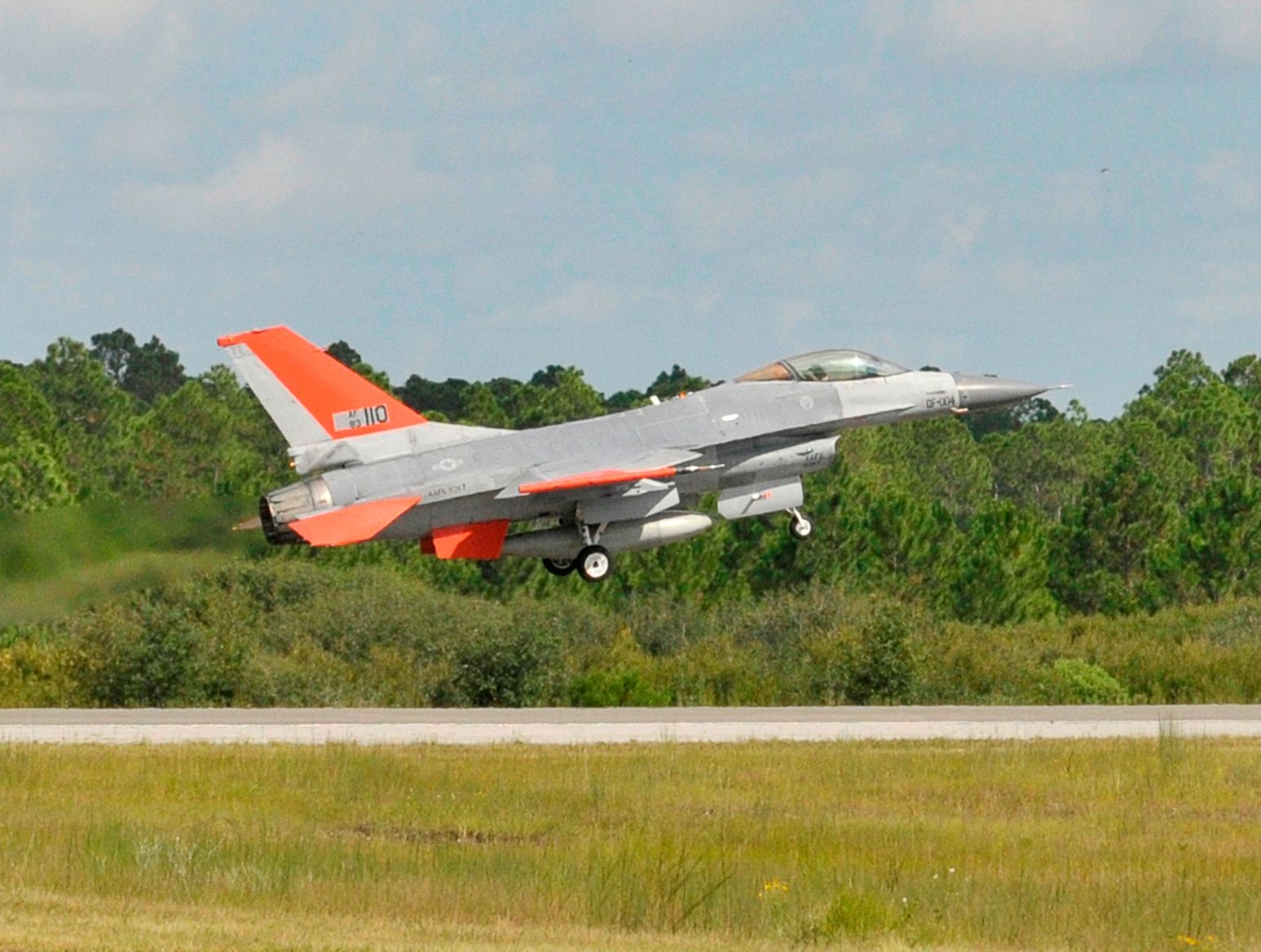Summary
- Red Flag exercises enhance readiness
- 414th Combat Training Squadron leads Red Flag exercises
- Black Flag exercises promote capability & innovation
The US Air Force takes the maxim “you only fight as well as you train” very seriously. Since 1975, it has been holding massive Red Flag exercises to prepare pilots for combat, while Black Flag (formally established in 2020) exercises focus on testing and innovation in new environments. Red Flag exercises build readiness, and Black Flag exercises build capability. Air Force exercises are made to be realistic, and it even converts retired F-16 Fighting Falcons into drone aerial targets for training (previously, it used F-4 Phantoms and other old fighter jets).
Fight as well as you train
It is generally regarded that the United States operates some of the most capable and modern weapon systems in the world. But it doesn’t matter how advanced a weapons system (like a fighter jet) is if the crew doesn’t know how to use it effectively. Training is another area in which the United States excels. The United States constantly exercises with allies around the world and with itself.
Photo: Lockheed Martin
“Established as the test counterpart to Red Flag, an event designed to train like we fight, Black Flag allows the Air Force to test like we fight. While Red Flag builds readiness, Black flag builds capability.” – 53rd Wing
|
Red Flag exercises by the numbers since 1975: |
|
|---|---|
|
Participating countries: |
29 US allies |
|
Total aircraft: |
30,268 |
|
Total military personnel: |
529,722 (inc. 164,724 aircrews) |
|
Sorties: |
423,248 |
|
Flight hours: |
783,907 |
Photo: USAF
Red Flag exercises are held at two locations: Nellis Air Force Base in Nevada and Eielson Air Force Base in Alaska. Red Flag exercises are run by the 414th Combat Training Squadron of the 57th Wing. Black Flag exercises are run by the 53rd Wing (which is based at Eglin Air Force Base in Florida). These are far from the only exercises the Air Force holds, but they are two of the most famous and important.
![7064667 - Wireless capable ruggedized laptops enhance maintenance capabilities [Image 1 of 5]](https://static1.simpleflyingimages.com/wordpress/wp-content/uploads/2024/06/7064667.jpg)
Related
USAF Set To Hit Rapid Electronic Warfare Updates Breakthrough
The US Air Force is working to update all its platforms in three hours or less because “data is the weapon.”
Red Flag exercises
Red Flag or Exercise Red Flag is a US military two-week advanced aerial combat training exercise held multiple times a year. The aim is for the pilots and other flight crew to receive realistic air-combat training. The exercises are much more than just the US Air Force; they also bring together aircrews from the US Navy, the US Marine Corps, the US Army, and air forces from various NATO and non-NATO US allies.
Photo: US Air Force
Red Flag was first established in 1975 to prepare the military forces for combat. At the time, the US was fighting in Vietnam and lessons learned showed that if a pilot survived his first 10 combat missions, his probability of survival for the remaining missions increased substantially. So the idea was for the pilots to get their first 10 “combat missions” at the safety of the Nellis Air Base in the Red Flag exercises. This allowed the pilots to go into actual combat more confident and more effective.
“Tasked to plan and control this training, the 414th Combat Training Squadron’s mission is to maximize the combat readiness, capability, and survivability of participating units by providing realistic, multi-domain training in a combined air, ground, space, and electronic threat environment while providing an opportunity for a free exchange of ideas between forces.” – Nellis Air Force Base
|
Typical Red Flag exercise aircraft: |
|
|---|---|
|
Attack, Fighter, Bomber: |
F-15E, F-35, F-16, F/A-18, A-10C, B-1B, B-2A, B-52H, FGR4, MQ-9 |
|
Recon Aircraft: |
MQ-4B, RC-135, U-2S |
|
Electronic Warfare Aircraft: |
EC-130H, EA-18G and F-16CM |
|
Air Superiority Aircraft: |
F-22A, F-15C |
|
Airlift Support: |
C-130, C-17A |
|
Search and Rescue Aircraft: |
HH-60G, HH-60W, HC-130J, CH-47 |
|
Aerial Refueling Aircraft: |
A330, KC-130, KC-135R, KC-10A, KC-46A |
|
Multi-domain Command and Control: |
E-3, E-8C, E-2C, E-7A, R1 |
|
Other: |
Ground-based Command and Control, Space, and Cyber Forces |
Photo: Tech. Sgt. Ben Bloker | USAF
During Red Flag exercises, pilots conduct realistic missions like offensive counter-air, suppression of enemy air defense, combat search and rescue, and more. The exercises have mock airfields, vehicle convoys, parked aircraft, bunkered defensive positions, missile sites, and more.
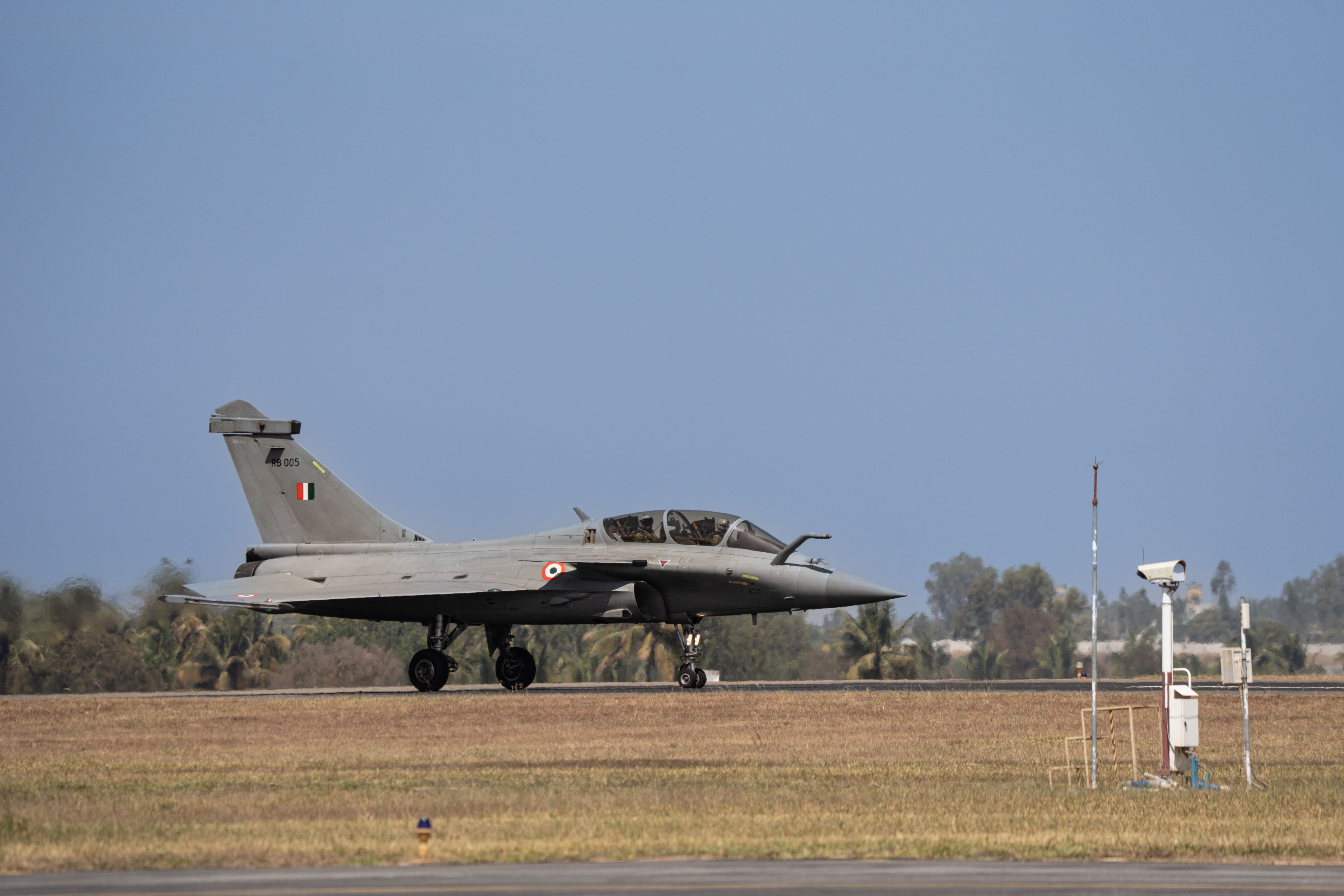
Related
Indian Air Force Rafale Jets Will Join US Air Force Red Flag Exercise In Alaska
The joint exercise will take place over the next two weeks.
Black Flag exercises
In December 2020, the 53rd Wing’s Large Force Test Events was formalized into “Black Flag.” The 53rd Air Wing is the only wing responsible for developing operational tests and tactics for the Air Force’s fighter, bomber, and RPA fleets. The exercise underscole just how complicated the modern air domain has become. The event is solely focused on test and tactics development in a “realistic, massed force, fully integrated, high threat density environment.”
“Black Flag is an operational test-focused exercise that evaluates the suitability of emerging capabilities and tactics in multi-domain, multi-service, operationally relevant scenarios.” – 53rd Wing
According to the lead project officer for Black Flag, the exercise is intended as a deep-end testing arena to create and discover capabilities utilizing existing emerging material. The exercises help the military innovate and integrate capabilities. Black Flag is the exercise where the Air Force and Navy test like they fight.
Photo: US Air Force
The War Zone reported a large China-focused Black Flag exercise was held in May 2024. The event brought together Air Force, Navy, Army, and Space Force capabilities. The War Zone noted that the Black Flag exercises continue to go “from strength to strength.” The Navy brought F/A-18E/F, EA-18G, and F-35Cs to the exercise while the Air Force brought B-1s, B-2s, B-52s, F-16s, F-22s, and F-15EXs.


